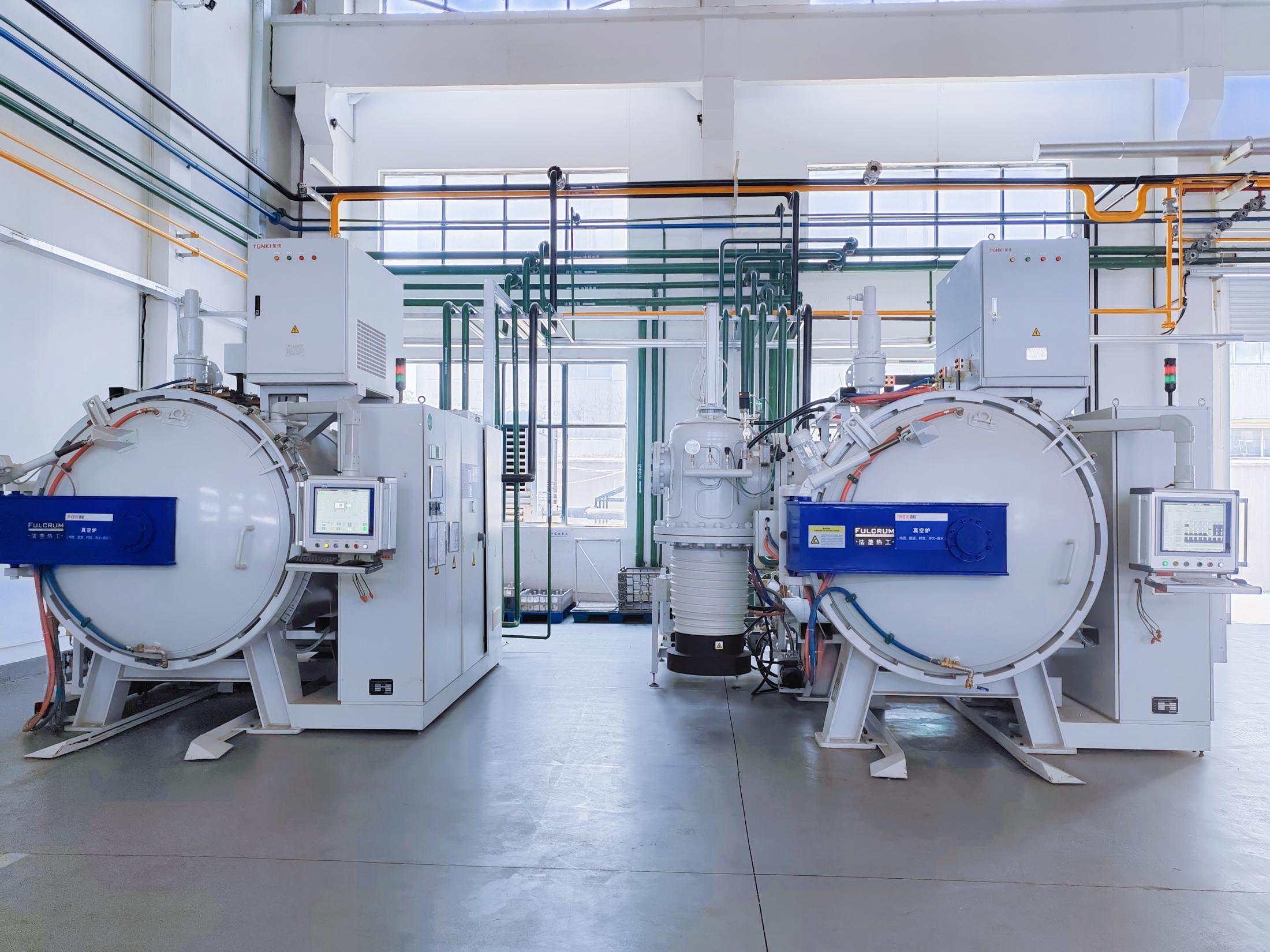Overview of Vacuum Solution and Aging Treatment for Beryllium Copper
Vacuum solution treatment and aging treatment are critical steps in optimizing the performance of beryllium copper alloys. Vacuum solution treatment enhances material purity and structural uniformity, while aging treatment significantly improves mechanical strength through precipitation hardening. Below is a detailed explanation of how these processes influence the mechanical properties of beryllium copper.

Effect of Vacuum Solution Treatment on Mechanical Strength
1. Reduced Oxidation and Contamination
Conducting solution treatment in a vacuum significantly minimizes oxidation and contamination on the alloy surface, thereby increasing the material’s purity. This has a direct positive impact on mechanical performance, as impurities and oxides can degrade strength and toughness.
2. Enhanced Solid Solution Uniformity
The vacuum environment facilitates uniform distribution of alloying elements such as beryllium within the copper matrix. A more homogeneous solid solution structure provides an ideal foundation for subsequent aging treatment, ultimately leading to improved mechanical properties.
3. Relief of Internal Stress
Vacuum solution treatment helps eliminate internal stresses formed during casting, which reduces brittleness and improves both strength and ductility.
Effect of Aging Treatment on Mechanical Strength
1. Precipitation Hardening
The primary mechanism of aging treatment is to heat the supersaturated solid solution at a controlled temperature, allowing beryllium atoms to precipitate and form fine strengthening phases. These precipitates hinder dislocation motion, thereby increasing hardness and tensile strength.
2. Controlled Precipitate Size and Distribution
Aging temperature and duration are critical factors. Proper parameters lead to fine, evenly distributed precipitates that maximize strengthening effects. Over-aging (excessive temperature or time) may coarsen the precipitates and reduce strengthening; under-aging may result in insufficient precipitation and inadequate hardening.
3. Enhanced Hardness and Strength
Through aging, beryllium copper can achieve significant improvements in mechanical properties. Typical hardness values range from HRC 30–40, and tensile strength can reach 1000–1200 MPa. This makes it highly suitable for applications requiring high strength and wear resistance.
Combined Influence of Vacuum Solution and Aging Treatment
Synergistic Effect
Combining vacuum solution and aging treatments results in a synergistic effect. The former ensures a clean and homogeneous matrix, enabling more effective precipitation hardening during aging. This combination maximizes the mechanical potential of beryllium copper.
Optimized Process Parameters
To achieve optimal results, processing parameters must be precisely controlled. Typical vacuum solution treatment temperatures range from 760°C to 800°C, while aging treatment is generally carried out between 300°C and 350°C. Specific parameters should be tailored to the alloy composition and application requirements.
Performance Enhancement
When properly applied, this thermal treatment combination can greatly enhance the strength, hardness, and overall performance of beryllium copper. It is particularly valuable in high-performance applications such as springs, precision molds, and aerospace components.
Conclusion
By implementing a well-designed heat treatment process—especially the combination of vacuum solution and aging treatment—beryllium copper can achieve exceptional mechanical strength and reliability, making it a material of choice in demanding industrial applications.
